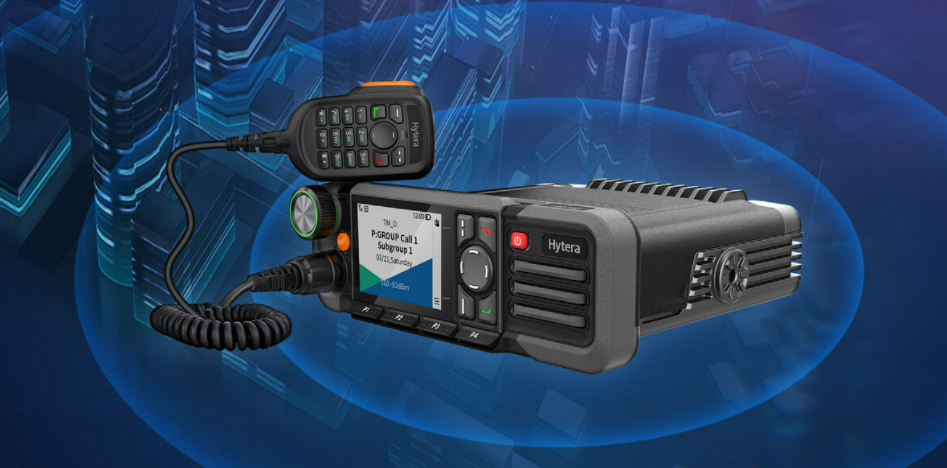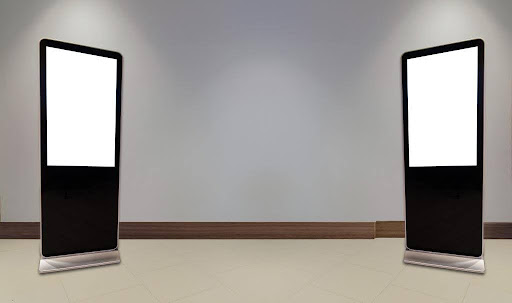Radio communication remains an invaluable tool in many different industries. Chiefly, it sees use in public safety professions such as fire departments and police departments. As such, in vital industries where time is critical, the use of a P25 radio network ensures these agencies can properly communicate. Having P25 interoperability is valuable as a whole in industries where radio communication sees common use. Here is a broad overview of the communication standard and the advantages it offers.
P25 An Overview
Project 25 or P25 is a set of standards for voice and data communication systems. It was designed to chiefly be used by first responders and those who work in public safety. The goal is to solve the issues that telecommunication can have without a unified standard. Issues such as proper equipment, proper use of spectrum, overall efficacy, and cost are all considerations P25 seeks to address. Having radios that only work on certain networks or are not compatible with each other creates communication problems that those who work in public safety cannot afford, as communication has to be fast and accessible. A solution to this specific problem was the addition of backward compatibility to equipment and analog modes of operation to ensure compatibility with existing equipment using FM frequencies. P25 is constantly being refined and improved based on the input from users in the field.
Advantages of P25
- An Open Standard: P25 is an open standard which means it can be easily applied across brands. This results in different vendors designing their radio equipment with P25 standards across the industry. Because of this, different agencies can speak with one another even if they use different brands of equipment. Without an open standard, this could result in incompatibility limiting cross-agency communication.
- Better Pricing: with open standards, you are not limited in the vendors you use for your radio equipment. This allows you to focus on prices and features to better fit your agency’s needs. Having an open communication standard and backward compatibility also reduces upkeep and replacement costs as networks expand and equipment is replaced.
- Improved Efficiency: P25 improves overall frequency efficiency. As technology improved and became more widespread, the radio spectrum was becoming overused. The advancement of digital radio allowed for more channels of communication to be opened. In addition, P25 can make use of many frequency bands, such as UHF, VHF, and MHz bands, such as 700 and 800. This allows several agencies to make use of their current channels without any changes while still being able to upgrade their equipment.
- Encryption: encryption is a key security feature that keeps your communications safe and blocks them from unapproved parties. This is of key importance for law enforcement agencies such as the police, where information has to be kept safe for safety purposes. This is also useful for the transmission of privileged information such as medical records or information.
- Digital Standards: digital radio provides improved sound quality. Older analog FM-based radios are distorted and more noisy than modern digital standards. With P25 digital radio standards, the radio system can be configured, so the sound quality stays at a high level over the defined operating area your radio system works in.
Final Thoughts
Communication standards are an important part of constructing a radio network. Without the cross-communication features of P25, many issues could arise, such as a reduction in your ability to communicate with other agencies or equipment issues. With a universal standard, you don’t have to worry about newer radios not working or issues with making use of multiple brands for your equipment needs. P25 addresses these problems, making things more flexible and easier to manage over the long term.





